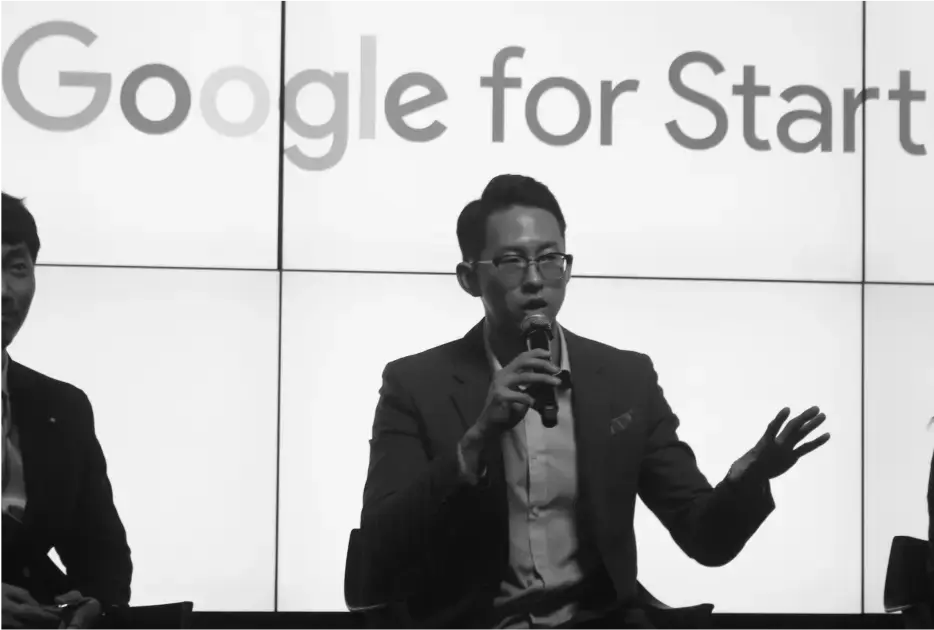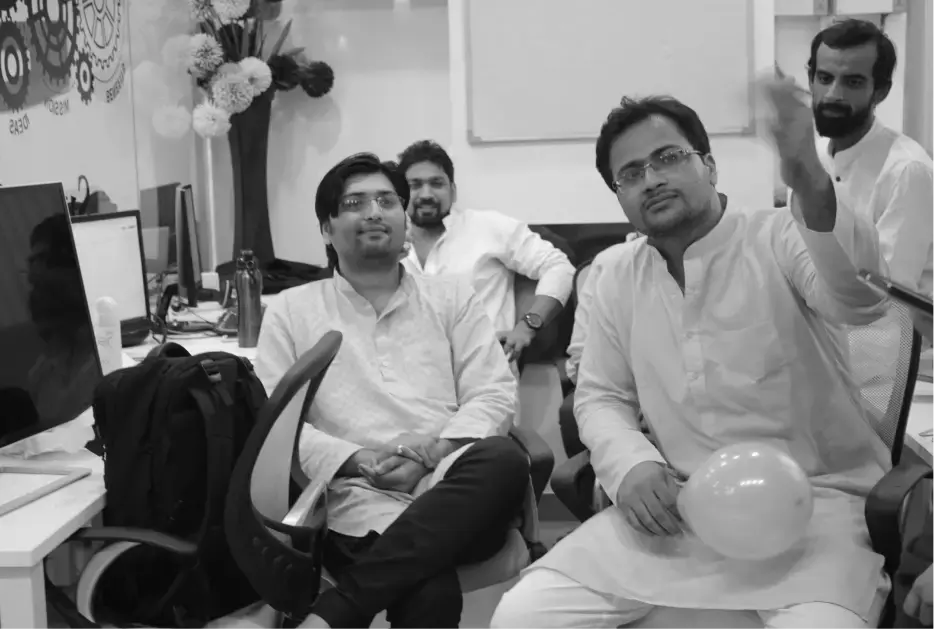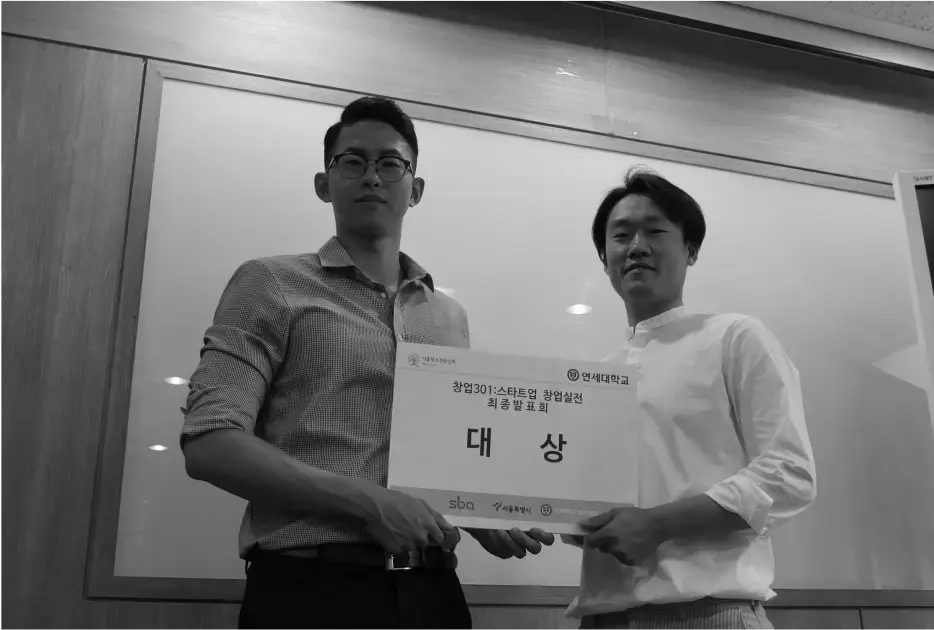Possibly the most important document for your job is your resume. But many people may find this document intimidating. You may be unsure of how to fit all of your information on a single page. Maybe you're uncertain of how your resume should be written and formatted. Perhaps you have no idea what a resume even is!
And even if some individuals do know the basics of how to create a resume, laziness often gets the best of them and they just click send on the same piece for every job. What most people don’t understand is that HRs get thousands of job applications for every position. So, a quick refining tool is what they use to pick the most relevant resumes out of the lot. And if your resume doesn’t have the terms fitting the job description, you are out as well!
A tailored resume is what you need. And only then one can say that they have the perfect resume.
Made from the wisdom of our HR managers at the best IT outsourcing company in India, we bring you the steps of tailoring your resume to perfection
What is a Resume?
A resume is nothing but a piece of paper that summarizes your professional & educational career in it. No matter if you are a beginner or a professional, a resume is going to depict your educational excellence and professional performance respectively.
As the world is going digital, people often think that they can rely on their LinkedIn bio for job positions. But no! Even if they also look at your LinkedIn, most hiring managers still require you to submit a resume. A resume will be necessary at some point in your career, even if you aren't applying for jobs right now that require one. They aren't even close to going out of vogue. Therefore, it's advisable to always have one on hand in case an opportunity arises.
And even if LinkedIn has many advantages, a resume has one undeniable benefit: Your resume allows you the chance to customize your professional path to a particular function or firm, whereas LinkedIn typically provides a more generalized view of your career history (more on that later).
How to create a good resume?
Follow these steps to transform a blank page into a comprehensive—and dare I say beautiful—document, regardless of your level of resume writing experience or your need for a great, thorough refresher.
1. Select a format
You must choose how you want the overall resume to look before you start typing a single word.
Many resume builders on the internet can help you create a stellar resume as per your qualifications. You can also use some pre-made templates from Google. But the best way to start would be by taking a blank, designed page and starting from scratch. Put it in your own words.
Most often, resume builders use extravagant sentences that make it look too good to be true. While your own words reflect the ideas of a human being, which another person can easily pick up.
You should cover the following areas in your resume:
- Your work history
- Your extracurricular activities, such as membership in organizations or the community or involvement in side projects
- Your training and credentials
- Your skills (particularly hard skills) and interests
How then do you prepare and arrange all that data?
Reverse chronological sequence is by far the most popular (and secure, if you're not sure which path to choose) choice. This implies that you arrange your experiences according to their recentness.
As a result, your work experience would be more important than your degree, and your current position would be more important than any previous one. Of course, there are certain exceptions to this rule. Perhaps you returned to graduate school while working, or your most recent position is unrelated to the position you're looking for. Consequently, depending on your circumstances, the entire page may not be in reverse chronological order. It is merely a suggestion.
2. Begin with your basic information
Always put your contact information at the top of your resume. Anything that can make it easier for a recruiter to contact you should be listed in this heading. Typically, this entails including:
- Complete name
- Phone number
- Personal email address
The URL of your website or LinkedIn profile, your GitHub account (if applying for a technical position), your address, and any other basic information you feel is important to share. If you're relocating for a job, you can decide to exclude your address from your application or simply state "open to relocating" to increase your likelihood of landing an interview.
3. Include your work history
Most likely, this section will make up the majority of your resume. Recruiters remain interested to know where you've worked, what you've accomplished, and the effects of that work to get a background on your history and skills, even if you're switching professions.
To draw attention to the positions that hiring managers should pay the most attention to, you may choose to divide your "Work Experience" into "Relevant Experience" and "Additional Experience" categories. In either case, you should nearly always list your most recent experiences at the top and older ones at the bottom.
You should list each formal job title, the employer (and perhaps the location), and the duration of your employment in your work experience. You should next add two to four bullet points that describe what you performed in that employment, the skills you developed and utilized, the tools you employed, and the outcomes of your efforts.
If you're talking about previous positions on your resume, use the past tense; if you're writing about your current positions, use the present tense. Additionally, the first word of each bullet should always be a powerful action verb that accurately expresses what you did. Consider including hyperlinks to any examples of your work you may have here as well.
Consider leaving out your oldest jobs unless they are very related to the position you're going for or exceptionally excellent for your field if you have a lot of work experience and this section has become increasingly long.
4. Take into account mentioning any volunteer work or other experience.
Anything you've done that isn't work experience—a side business, volunteer work, or special projects—can be stored under sections with obvious headings (like "Volunteer Experience" or "Activities," for instance). These items may be valuable to include, depending on how extensive your work experience is, especially if they have improved your skill level or better position you for your ideal position. Additionally, they give you a more well-rounded, enthusiastic, and diligent appearance.
You might also include a section for on-campus duties, such as clubs, organizations, or leadership experience if you're a recent graduate. If you don't have much experience in the job market, this can be an outstanding supplement.
5. Mention your educational history
Your education can be listed first on your resume if you are still in school or have just finished, but for almost everyone else, it should be near the bottom. The majority of individuals list their school, graduation year, major, and degree. Graduates who have just graduated may also include their GPA, honors and prizes, study abroad, thesis, or other noteworthy accomplishments. To avoid taking up too much room over your work experience, keep this section as brief as possible.
You might have special educational background, such as having completed a distance learning course or certification. Include it without a doubt if you have done this intentionally to raise your profile in your sector. Do it in reverse chronological order.
6. Finish it off with some interests and skills
Despite its poor reputation, the skills section of a resume is just as crucial as the other information you list. A recruiter can quickly examine it to determine whether your skill set corresponds to the position they are hiring for. Additionally, it is very ATS-friendly because it enables you to include keywords that the computer is searching for (ATS stands for "applicant tracking system," the robot that occasionally analyses your resume before a person does).
This section should typically be at the bottom of your resume, but in certain circumstances—such as a skills-based resume or when a person is changing fields—you may want to move it up.
7. Include a resume summary statement.
The term "resume summary statement" may be familiar to you. Although they're not very prevalent, they can be helpful to put near the start of your resume if you want to offer context or clarity. If you're changing careers, a summary statement may be useful for outlining your decision and connecting your prior work to your current direction. Alternatively, if you're a more seasoned professional, you can utilize a summary statement to draw attention to a theme that connects your various career trajectories.
Most important:
8. Make it job (and ATS) specific
Once you've organized your work history, added a few extra experiences and activities, and listed your skills on your resume, it's critical to review the job description (or multiple job descriptions) to ensure that what your resume says aligns with the type of applicant the hiring managers are seeking. To tailor it is to say that.
Let's get into more detail. You should start by taking on the ATS. This entails going over the job description word by word to check for consistency. Have you mentioned the abilities they are requesting? What terminology do they use to describe their ideal employee, and do you employ comparable terminology in your resume?
Next, get a bird's-eye perspective. What section of your resume would catch the attention of the hiring manager if you were applying for the position? What would you be seeking, then? Ensure that whatever you believe the recruiter will find most important is at the top of your resume or otherwise highlighted.
Investigate the job's tasks and role one last time. Does your resume detail experience similar to this? If not, is there a way you can frame it so it's obvious you have what it takes to accomplish the job (and do it well)?
9. Edit and polish it
Do not simply compose your resume and send it out without giving it a second thought. Although hiring supervisors may not spend hours reading it, one thing, in particular, stands out: a glaring error.
The ideal strategy? After completing a rough draught, step away from it and return to it later to revise it.
A dynamic, breathing document is your resume. Even though you won't go through this entire procedure each time you apply for a job, you should keep all of these considerations in mind while you update your resume for your next career move. Later on, you might opt to rearrange the elements, take away or add to them, or even get creative and try out a completely different arrangement. You may decide to scrap it and start again if you aren't receiving the calls back you anticipate; that is quite acceptable.





